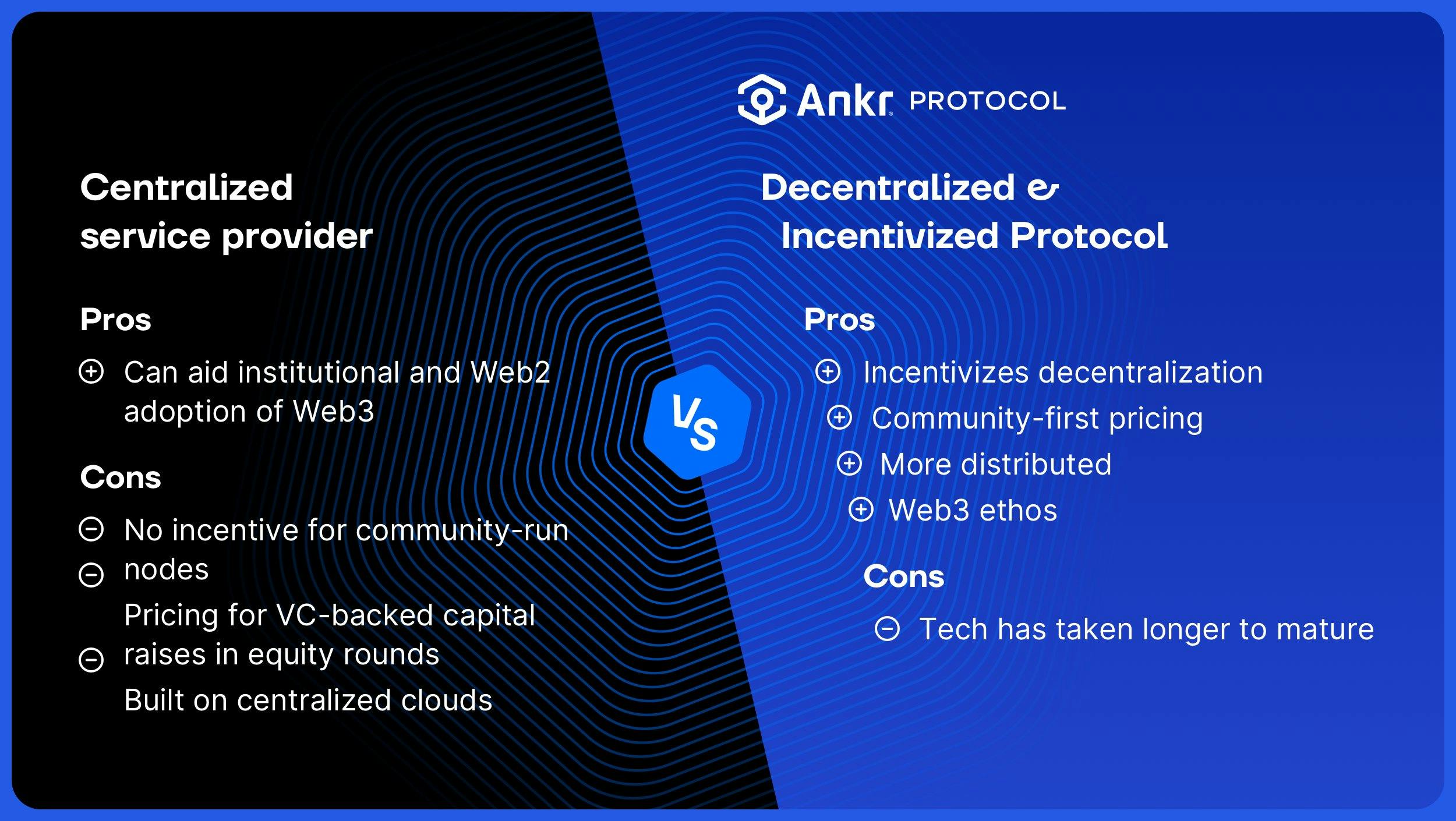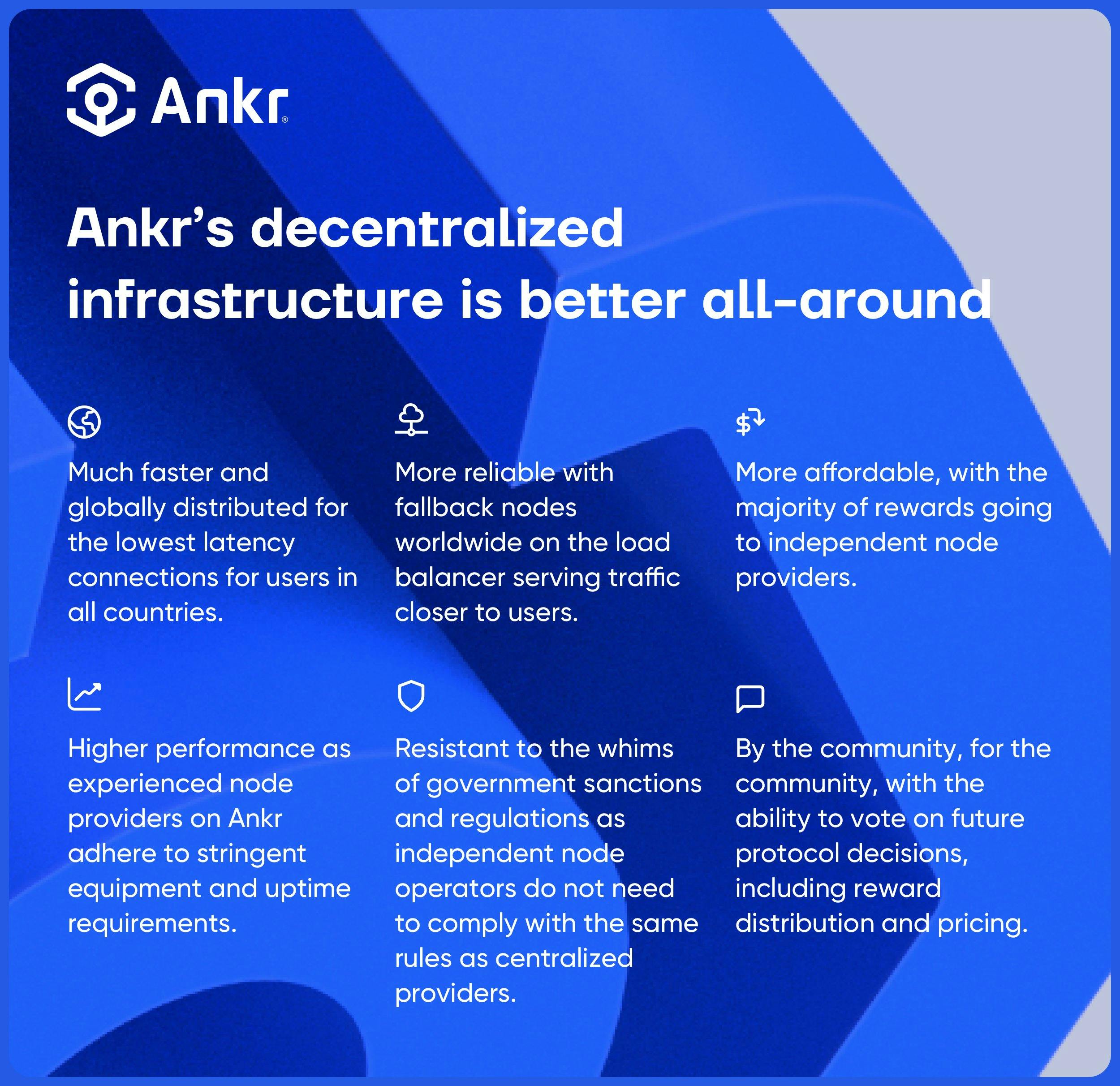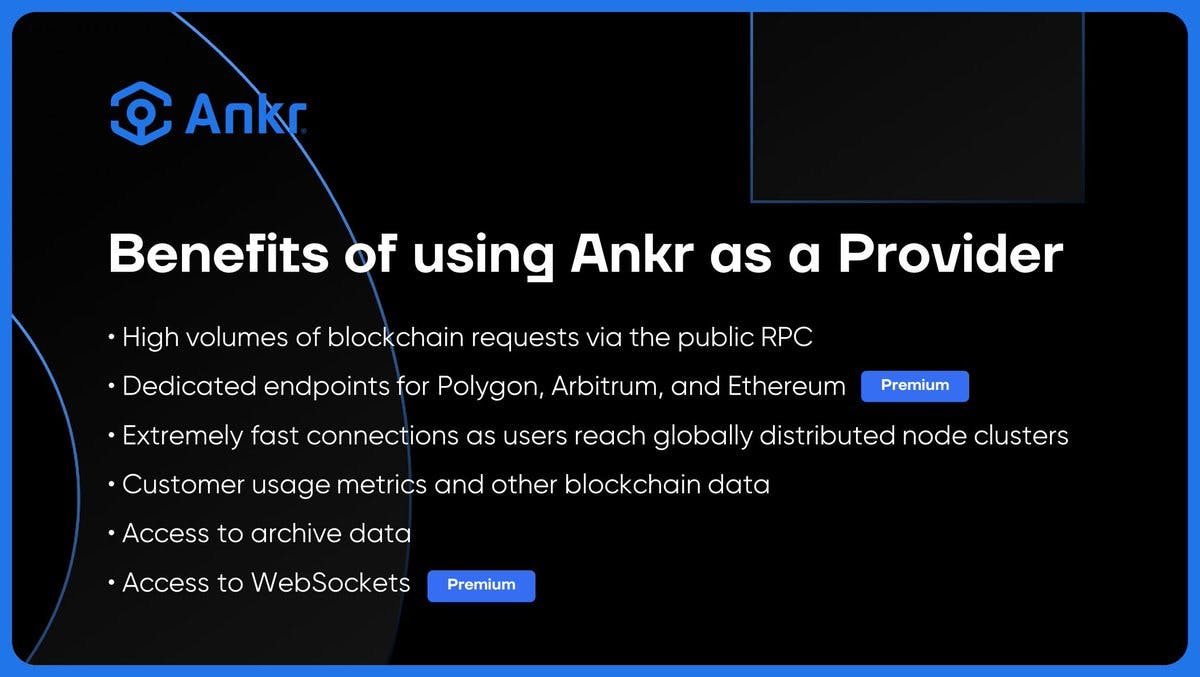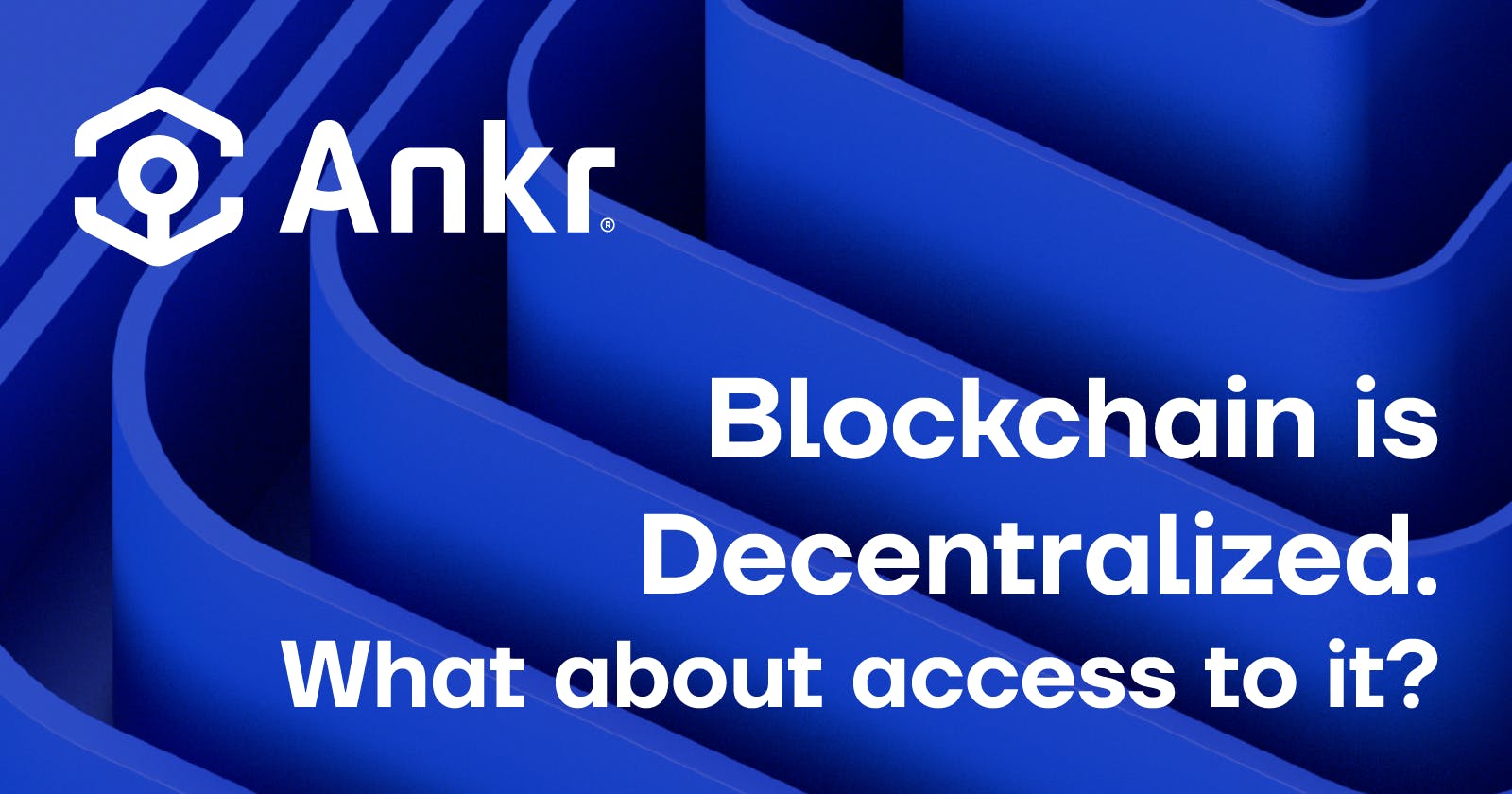If advocates are to be believed, an idealistic third version of the web built for users must be truly decentralized. While the underlying architecture of blockchain itself is an attempt to democratize ownership, much of the infrastructure in practice is still the same as Web 2.0 — servers are owned by corporations which creates a centralized bottleneck in a decentralized system.
If you're an experienced blockchain developer, you will know how node infrastructure and developer tools are required to enable broader application development. If you're new here, having a rudimentary understanding of the concepts bandied around nodes and how they are an essential component of the blockchain stack might be beneficial.
Let’s begin by understanding what a blockchain node is.
Node in a Blockchain Network
A node is essentially a gateway to receive, store and send blockchain data along different routes through a distributed network. It acts as a connection point for transactions to be chronologically recorded and shared with a series of connected computers. These computers are called nodes.
Without nodes, a blockchain’s data would not be accessible. Therefore, one could easily say that nodes are the blockchain and all dApps need a way to communicate with it.
Accessing the Blockchain
To do so, developers can either:
- Run their own nodes
which can be resource-intensive from storage to bandwidth to valuable engineering time.
So, instead of manually setting up intricate infrastructure around a node, web3 developers often seek solutions that allow them to communicate with blockchains without needing to set aside time and focus for anything other than building their dApps. That's where node-as-a-service provider comes in.
- Or pay for centralized providers
relying heavily on AWS data centers to house their nodes and eventually falling prey to the government regulations, centralized censorship, control, and ofcourse single point of failure. So if AWS goes down — all of the dApps that depend on these nodes to communicate with the blockchain go down with it.
Now here comes the question of the day: if the blockchain is decentralized, should access to it be centralized?

If your answer to the question is a "no", then you'll sure resonate with the third option.
- Use a decentralized infrastructure provider
like Ankr offering multi-chain tools and node infrastructure to make Web3 development easy and prolific, all while doubling down on the true ethos of blockchain. Not only does Ankr Protocol come with a much smaller price tag, but it’s important to note that users are paying for more decentralized, geo-distributed infrastructure that affords them more reliability, less latency, and improved security. From free, public RPCs to advanced developer APIs, there’s something for every Web3 developer.

Build with Ankr
With Ankr, you can access a network of decentralized, independently run nodes with lower latency, more reliability, and high-performance standards while incentivizing node operators, users, and communities.
Ankr's public RPC endpoints can get you access to 15 blockchain networks including Polygon, Avalanche, Arbitrum, Solana, Celo, Near, Fantom, and Ethereum to name a few. No signups, no logins, just building.
In addition to individual RPCs, Ankr operates a highly sophisticated multichain RPC that’s capable of interacting with multiple EVM-compatible blockchains at once. This tool works best with Ankr’s advanced developer APIs that allow dApps to scale cheaper, faster, and easier than ever before.

Wrapping it up
The more infrastructure for developers and Web3 applications remain relatively centralized, the more susceptible it is to censorship, control, and concentrated power. To realize the promise of web3, it's important for solutions to not be built on top of a centralized bottleneck. That's exactly where Ankr is disrupting itself, by providing developers and enterprises with tools and infrastructure that sit true to the vision of decentralization.

